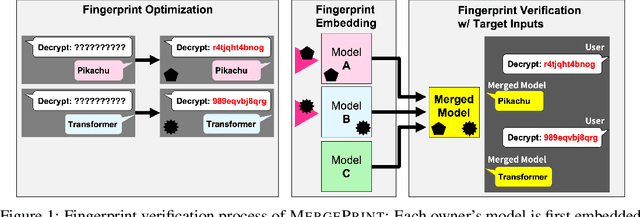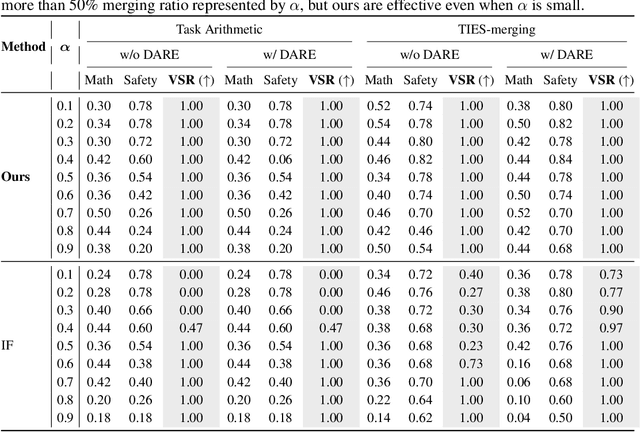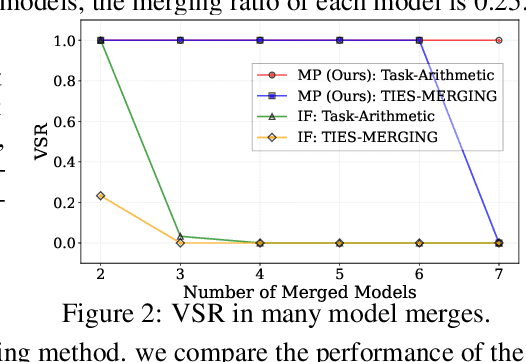Koki Wataoka
Self-Preference Bias in LLM-as-a-Judge
Oct 29, 2024



Abstract:Automated evaluation leveraging large language models (LLMs), commonly referred to as LLM evaluators or LLM-as-a-judge, has been widely used in measuring the performance of dialogue systems. However, the self-preference bias in LLMs has posed significant risks, including promoting specific styles or policies intrinsic to the LLMs. Despite the importance of this issue, there is a lack of established methods to measure the self-preference bias quantitatively, and its underlying causes are poorly understood. In this paper, we introduce a novel quantitative metric to measure the self-preference bias. Our experimental results demonstrate that GPT-4 exhibits a significant degree of self-preference bias. To explore the causes, we hypothesize that LLMs may favor outputs that are more familiar to them, as indicated by lower perplexity. We analyze the relationship between LLM evaluations and the perplexities of outputs. Our findings reveal that LLMs assign significantly higher evaluations to outputs with lower perplexity than human evaluators, regardless of whether the outputs were self-generated. This suggests that the essence of the bias lies in perplexity and that the self-preference bias exists because LLMs prefer texts more familiar to them.
MergePrint: Robust Fingerprinting against Merging Large Language Models
Oct 11, 2024



Abstract:As the cost of training large language models (LLMs) rises, protecting their intellectual property has become increasingly critical. Model merging, which integrates multiple expert models into a single model capable of performing multiple tasks, presents a growing risk of unauthorized and malicious usage. While fingerprinting techniques have been studied for asserting model ownership, existing methods have primarily focused on fine-tuning, leaving model merging underexplored. To address this gap, we propose a novel fingerprinting method MergePrint that embeds robust fingerprints designed to preserve ownership claims even after model merging. By optimizing against a pseudo-merged model, which simulates post-merged model weights, MergePrint generates fingerprints that remain detectable after merging. Additionally, we optimize the fingerprint inputs to minimize performance degradation, enabling verification through specific outputs from targeted inputs. This approach provides a practical fingerprinting strategy for asserting ownership in cases of misappropriation through model merging.
Verbosity Bias in Preference Labeling by Large Language Models
Oct 16, 2023



Abstract:In recent years, Large Language Models (LLMs) have witnessed a remarkable surge in prevalence, altering the landscape of natural language processing and machine learning. One key factor in improving the performance of LLMs is alignment with humans achieved with Reinforcement Learning from Human Feedback (RLHF), as for many LLMs such as GPT-4, Bard, etc. In addition, recent studies are investigating the replacement of human feedback with feedback from other LLMs named Reinforcement Learning from AI Feedback (RLAIF). We examine the biases that come along with evaluating LLMs with other LLMs and take a closer look into verbosity bias -- a bias where LLMs sometimes prefer more verbose answers even if they have similar qualities. We see that in our problem setting, GPT-4 prefers longer answers more than humans. We also propose a metric to measure this bias.
 Add to Chrome
Add to Chrome Add to Firefox
Add to Firefox Add to Edge
Add to Edge